Teacher Portal
Soundwaves and Pressure
Investigation 1
Investigation 1
Soundwaves and Pressure

Phase 1 – Defined Understanding
Student Guide
Download and Distribute
Access Teacher Guide
Student Guide with answers
Teacher PreLab
Prepare for the Experiment
Phase 2 – Dynamic Understanding
► Investigation One Summary – Vibrations and Sound
In Investigation One, you learned about vibrations and how sounds are produced by exploring wavelengths, frequency, and standing waves. During this Investigation, you:
1. Simulated standing waves as a meter stick was plucked at several distances extended from the table to illustrate the relationship between length and frequency of vibrations.
2. Analyzed the frequencies and wavelengths of different standing waves in vibrating lengths of string to illustrate the inverse relationship between wavelength and frequency.
3. Identified a familiar song by plucking a meter stick at various distances extended from the table and analyzed the displacement of gas molecules as the sound vibrations traveled via pressure waves from the source to your ear.
► Investigation One Summary – Learning Goals
Through these experiments, you concluded that:
1. Sounds are produced when solid, liquid, or gas matter vibrates.
2. The vibrations of one object or substance cause pressure waves to impact a neighboring object or substance, causing the second object or substance to start vibrating.
3. There is an inverse relationship between wavelength and frequency. A wave with a high frequency has a short wavelength, and a wave with a low frequency has a long wavelength.

